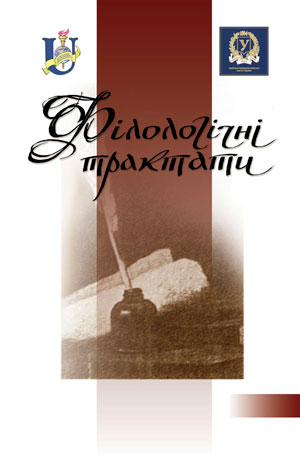Yevgrafova A. Language periphery as a form of its existence in society
Keywords:
system, usage, norm, deflated vocabulary.Abstract
Being a complex dialectical object, language has a nucleus and a periphery. The nucleus represents a
codified, normalized literary language, and the periphery represents that part of the language which “has not yet
been influenced by the masters of the word”.
The method of antinomies (F. de Saussure) and the method of dichotomies (W. von Humboldt) are locus
classicus of studying a language as a phenomenon and language as a process. There has not been proposed any
differentiation of language material within the opposition of norm – non-norm. Such an approach makes it
possible to study normative versus non-normative within the triangle “system – usage – norm”, this allowing us to
reveal the phenomena which do not submit to the functional category of norm. This material can a priori be
positively or negatively marked as to its connotation potentialities, but in any case this material will not be
neutral, standard, or clearly limited














